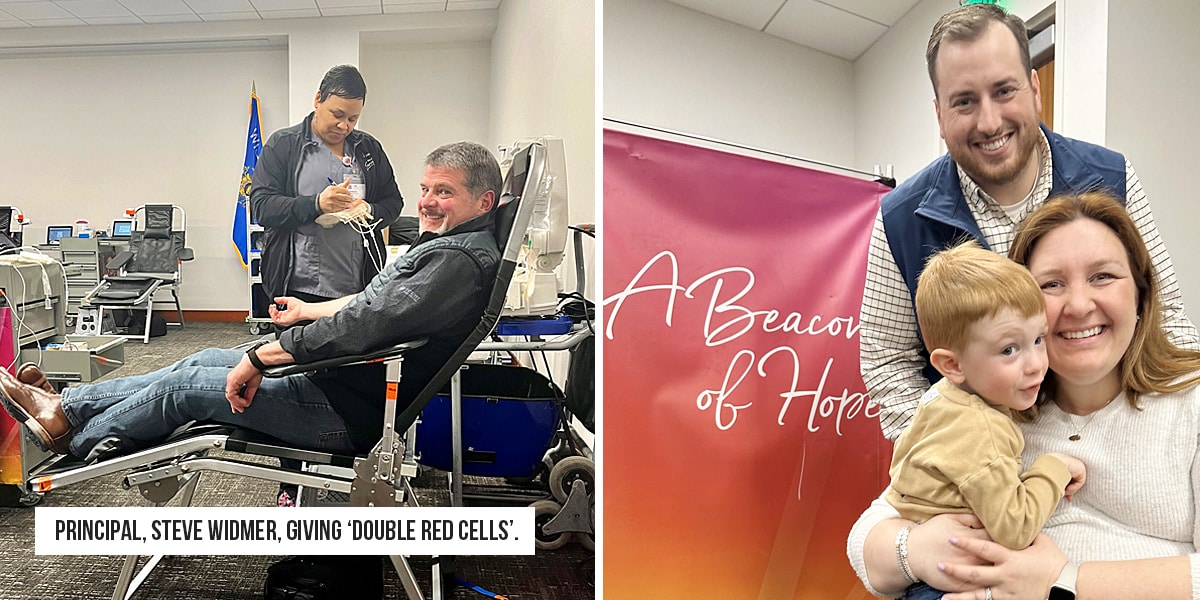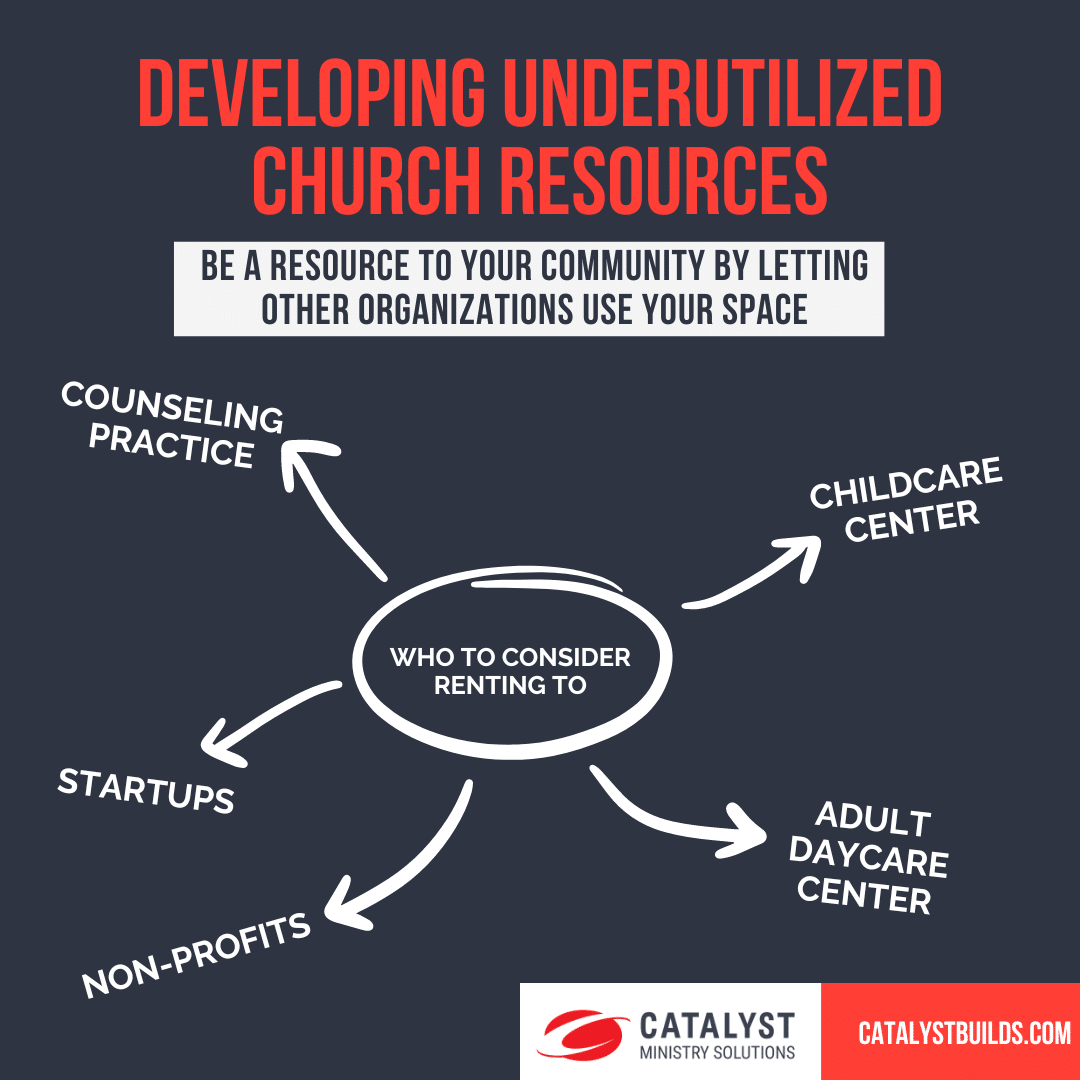Death and taxes. They say those are the only unavoidable things in life. There’s some truth to that, but not only for people. It’s also true for organizations like churches.
It’s a harsh reality to face. But it’s becoming increasingly common in America. Lifeway reports that up to 10,000 churches close their doors every year.
No one wants to be entrusted with shutting off the lights for the last time. So many memories are embedded in between the walls of a church building—weddings, baptisms, laughter, prayer, worship, grieving, and more.
Every church, though, has a lifespan. It has a birthday, many meaningful years of fruitful ministry, and an end date. Ignoring this reality won’t make it go away.
In fact, it may accelerate the painful process of finishing on a high note. Or worse – it may cause you to miss opportunities to re-envision your church’s ministry, re-engage your community, and re-ignite your church’s vibrancy.
Courageous Churches Face Harsh Realities and Leave Lasting Legacies
Christians believe that the truth is their friend. Truth is both ultimate and circumstantial. If your church is on the steep decline of the bell curve – wouldn’t you rather acknowledge this so you can take the appropriate steps?
What if you could stop the decline and courageously step into a new future?
What if the end is inevitable, but you could choose how your resources are stewarded to leave a legacy?
If your church is in decline, you are not alone. Many churches feel your pain. I’ve walked with them. You have choices. The path ahead is not easy, but it can be good.
3 Ways to Leave a Lasting Church Legacy
In working with 109 churches over many years, I have found that churches in decline have three primary paths to leaving a legacy. Let’s jump in.
1. Stop the Decline by Reframing Your Ministry
Most churches’ first choice would be to stop the decline and reinvigorate their ministry. It can be done, but it’s not easy.
84% of churches in America have plateaued or are in decline, and it’s not the culture’s fault. A church begins the slow dying process primarily because it cares more about self-preservation than community.
This leaves churches in decline with a difficult, paradoxical decision. The best way a church can preserve itself is by focusing less on itself and caring more about the people it is positioned to serve.
The first shall be last, and the last shall be first. To be great, you must become the servant of all.
Reframing your ministry to meet the needs of the current cultural moment requires courage. And guidance. If you watch your local news, you’ll see a world in pain asking for help.
If you have a church building to steward, you may be able to contribute to the alleviation of some of the needs in your community. Consider the following:
- Become a warming/cooling space for the houseless population
- Offer gym space for local athletics
- Host conferences for pressing issues in your community
- Open up classrooms for after-school care/activities
- Host job or housing fairs
- Invite a farmer’s market to use your parking lot space
- Partner with the Red Cross to host a community blood drive
This is just the tip of the iceberg. The opportunities are endless! But they must be intentionally, prayerfully pursued. 57% of adults seldom or never attend a church service. You can only stop your church’s decline by serving those not considering attending a worship gathering.
If your church is willing to do the hard work of reframing its ministry so that you serve your community, you just may find new life.
2. Slow the Decline by Developing Underutilized Church Resources
You may want to reframe your ministry and engage your community but lack the leadership capacity to take those steps.
That’s ok.
One of the warning signs of a declining church can be seen at the leadership level. Churches with leadership vacancies or disengaged leaders will have difficulty effectively serving their community.
However, that doesn’t mean you have to shut the doors. You may need to do the opposite. Consider partnering with organizations in your community that could benefit from your resources.
Church buildings don’t need to sit empty six days a week. An empty church building is filled with untapped potential. Empty rooms, gyms, and sanctuaries present income-generating opportunities that can help sustain your ministry and serve your community.
If a church building is stewarded well, it will be full of life and vibrancy. Your church can be a resource to your community when other organizations use its space.
You could consider renting out space to:
- A counseling practice
- Child care center
- Adult daycare center
- Non-profits needing office space
- Start-ups needing office space
Renting space isn’t the only way for your church to generate income while caring for its community. You may have land that could be developed or buildings that could be repurposed.
Your church may be able to help alleviate some of the pain of the current housing crisis. If you have unused land, some of it could be sold and developed to create affordable housing.
Or you could partner with a senior living facility that needs to expand or update its accommodations.
Pursuing options like these is about something other than real estate. It’s about stewardship. Underused resources can be developed to serve your community and generate income, giving you the time you need to reframe your ministry to better engage your community.
3. Finish on a High Note and Leave a Lasting Church Legacy
Every wave must hit the shore. There is no shame in acknowledging that your church has reached the end of its lifespan.
Finishing well is a stewardship in and of itself. If you have decided to end your church’s ministry, you have a remarkable opportunity. You can honor the investment of those who came before you and leave a legacy for those who will come next.
It’s a unique and privileged position. Typically, when liquidating assets, people have to maximize their ROI, but not those who are leaving a legacy with their church’s resources.
You can fuel someone’s dreams and meet critical needs in your community. If you gift your facilities to a business, they could commemorate your church through plaques, signage, and more.
Transferring your assets to a young and growing church may be a way to continue your church’s mission. Like a relay race, you can pass the baton to the next person, trusting they will do their part to get to the finish line.
Different denominations and church by-laws have different requirements when churches dissolve. The decision may be out of your hands. But if it’s not, you have a remarkable opportunity few people will ever be entrusted with.
You can leave a legacy. We can help.
Your Trusted Guide for Leaving a Lasting Church Legacy
Our team of experts understands the complexities of this process. We want to honor the weight you carry and guide you in making decisions that can leave a legacy for the next generation.
At Catalyst Construction, we have access to trusted contractors, financing, real estate developers, church consultants, church construction experts, and more. We can help you access resources you may not even know you have!
Are you ready to take your first step in reframing your ministry to leave a lasting legacy? Contact us today, and we can walk this path together.







